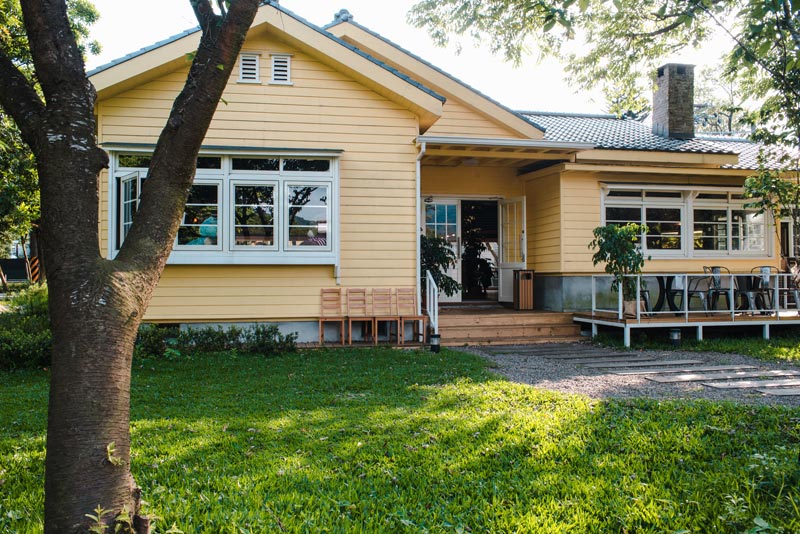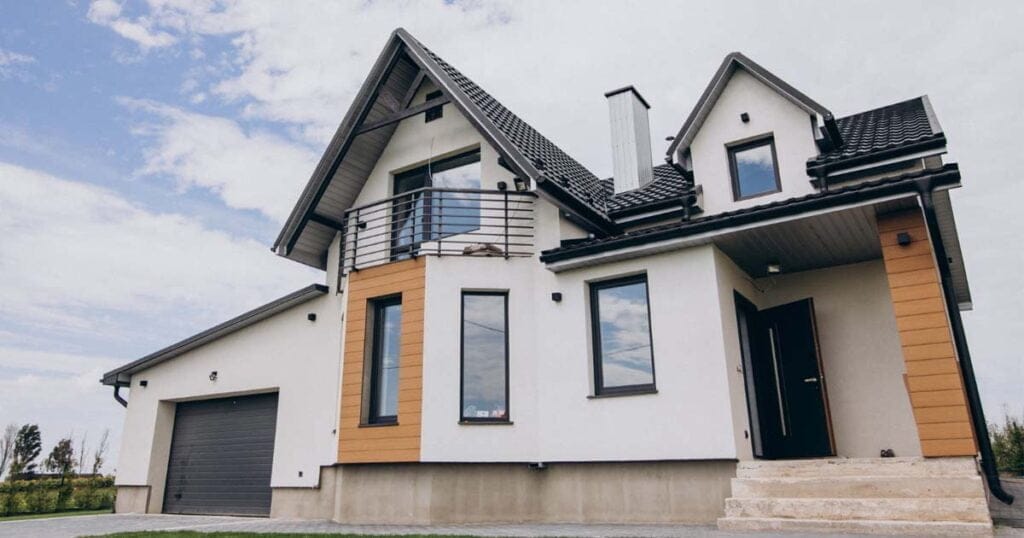Menu

If you’re planning on painting the exterior of your home, one of the most critical steps is accurately calculating the square footage of the surfaces you’ll be painting. This will help you determine how much paint and other supplies you’ll need and provide an estimate for the project’s overall cost. This blog post will cover everything you need to calculate square footage for exterior painting projects.
Accurately calculating square footage is crucial for several reasons. First, it ensures you have enough paint and supplies for the project. If you underestimate the amount of paint you need, you’ll likely have to make additional trips to the store, which can be time-consuming and costly. On the other hand, if you overestimate the amount of paint you need, you’ll end up with excess paint that you may not be able to return, which can be wasteful and expensive.
In addition to helping you estimate the amount of paint you’ll need, calculating square footage can also help you estimate the project’s overall cost. Knowing how much paint and supplies you’ll need will allow you to shop around and compare prices to find the best deals. It can also help you avoid unexpected expenses during the project, such as unexpected repairs or additional prep work.
There are several tools that professional exterior house painters in West Hartford, CT, use to measure the square footage of a surface.
Calculating square footage for different exterior surfaces can be more complicated than simply measuring a flat wall. Here are some tips from exterior house painters in West Hartford, CT, for measuring and calculating square footage for joint exterior surfaces:

In addition to measuring the square footage of the surfaces you’ll be painting, it’s important to consider surface conditions when calculating how much paint you’ll need. For example, if the surface is rough or textured, you may need more paint to cover it evenly. You can use a paint coverage calculator or consult the manufacturer’s recommendations to adjust for surface conditions.
If the surface has cracks or holes, you may need additional paint to fill these imperfections. Purchasing a little extra paint to account for these types of surface conditions is a good idea. A good rule of thumb is to purchase an additional 10% to 20% of the total amount of paint needed.
When painting the exterior of a house, it’s common to have multiple surfaces of different shapes and sizes. To calculate the square footage for multiple surfaces, it’s essential to break the project into smaller sections.
For example, expert exterior house painters in West Hartford, CT, divide the project into sections based on the surface type (walls, doors, windows, etc.) or the paint color they’ll use. This will make it easier to measure and calculate the square footage for each section and help them keep track of the amount of paint and supplies they’ll need for each section.
It’s also important to remember that different surfaces may require different amounts of paint. For example, a textured surface may require more paint than a smooth surface. So when calculating the square footage for multiple surfaces, be sure to take these differences into account.
Before you start painting the exterior of your house, it’s essential to properly prepare the surface to ensure that the paint adheres properly and looks great. Here are some tips from professional exterior house painters in West Hartford, CT, for prepping the exterior surfaces for painting:
If you’re planning on painting the exterior of your house but don’t have the time, skills, or equipment to do it yourself, consider hiring a professional painting company. Exterior house painters in West Hartford, CT, have the experience and expertise to handle any size painting project and can ensure that the job is done correctly and efficiently.
When choosing exterior house painters in West Hartford, CT, be sure to research and choose a company with a solid reputation and a proven track record of success. Look for reviews and testimonials from past customers, and ask for references from the company. A good painting company will be happy to provide you with references and answer any questions you may have about their services.

Calculating square footage is an essential step in any exterior painting project. Accurately measuring the surfaces, you’ll be painting and considering surface conditions will ensure that you have enough paint and supplies for the project and will also help you estimate the project’s overall cost.
By following the tips and guidelines in this guide, you can ensure that your exterior painting project succeeds. Remember to prep surfaces before painting properly, and consider hiring exterior house painters in West Hartford, CT, if you need more timE or equipment to do the job yourself.

Welcome to West Hartford House Painting Experts. We believe that we are the highest quality painting company in this community and we provide excellent customer service!